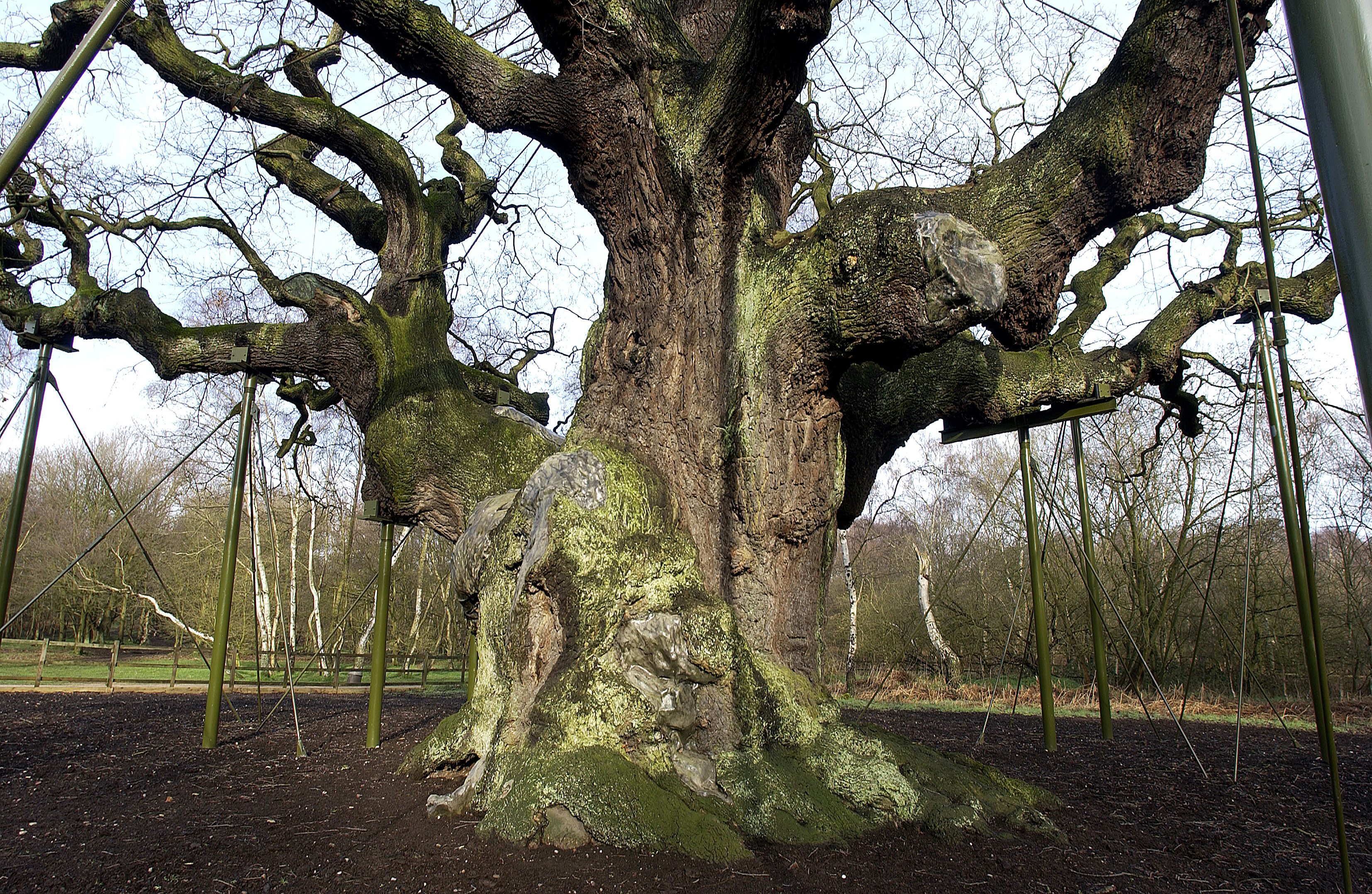Photographs: a guide for ancient tree recorders
When recording trees to the ATI, it is very important to provide plenty of clear photographs of the tree.
Please make sure to capture all the important details of a tree, especially focussing on veteran features (see below for examples). We recommend uploading around 4-5 different photographs to show the tree's overall status and condition.
Please include the following 4 images in your tree record:
1.) Image of the whole tree to show the tree’s form.
2.) Image of the trunk, especially if the trunk is hollowing.
3.) Ancient/veteran features e.g. deadwood, cavities, hollowing, fungi, insect holes.
4.) Image of the leaves, seeds, fruit or twigs to confirm species identification.
If needed, please use the image caption to help explain what you are trying to show in the image.
See below for more guidance and examples of images that show the key features that we look for in an ATI record.
Detailed image guidance
1.) A photo of the whole tree.
An image that shows the wider landscape can also be a very useful aid to someone else who is preparing to visit the tree too.

Aim to take an image that shows the whole tree. Photo: Aljos Farjon.
A wider image of the tree is also essential to show the tree's form e.g. is it a maiden, a pollard or a coppice? See the images below which show the overall form of the tree.
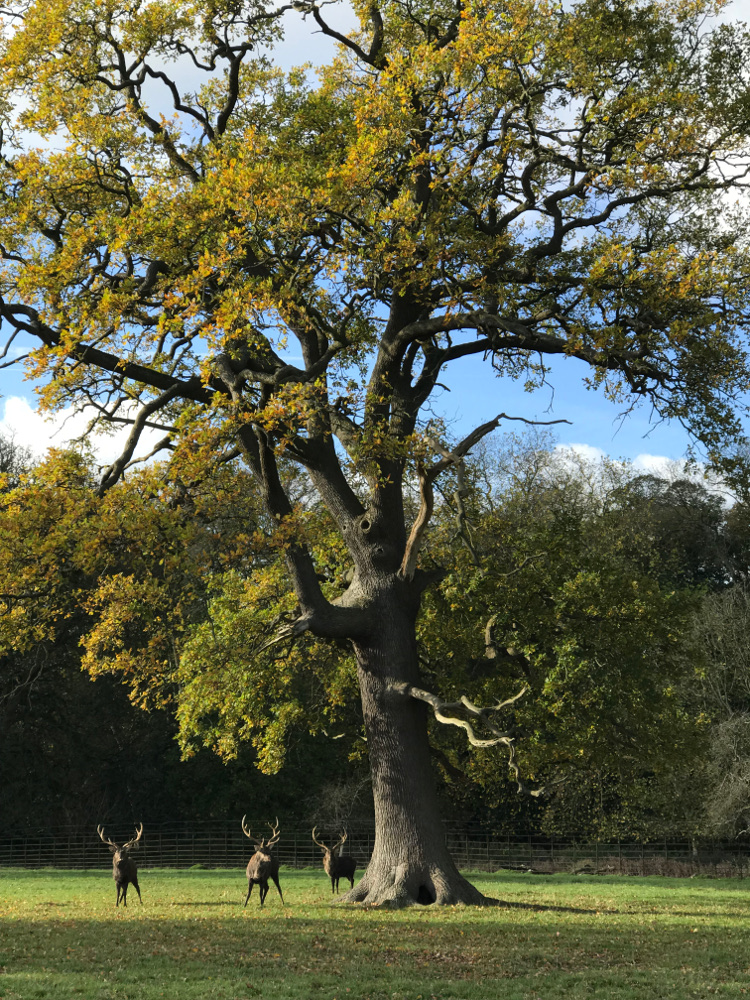
This photo shows that this veteran oak is a maiden with a clear single stem. Photo: David Alderman

This photo shows that the ash tree is hollowing and also has a pollard form. Photo: David Alderman
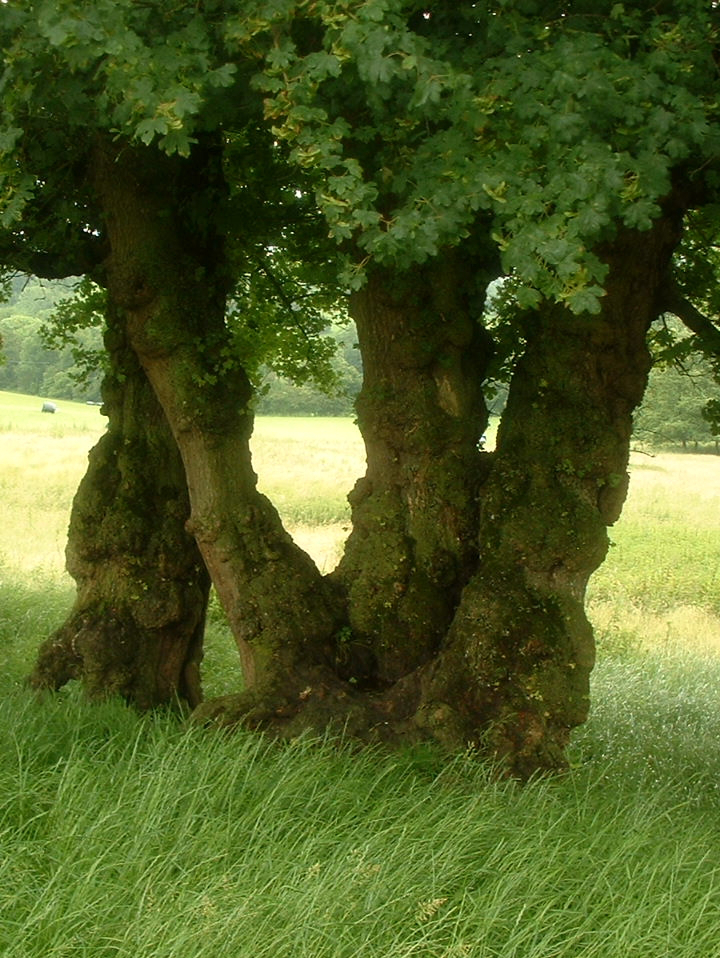
For multi-stemmed trees, make sure you take an image to show all the main stems. Photo: Rory Francis
2.) A closer photo of the trunk, particularly showing any hollowing or decay.
Hollowing in the trunk is a strong indicator that a tree is ancient or veteran. Ensure that a clear image of the trunk is available showing as much detail of the hollowing as possible.
Tip: make sure to walk around the whole tree to look for signs of hollowing / other decay features.
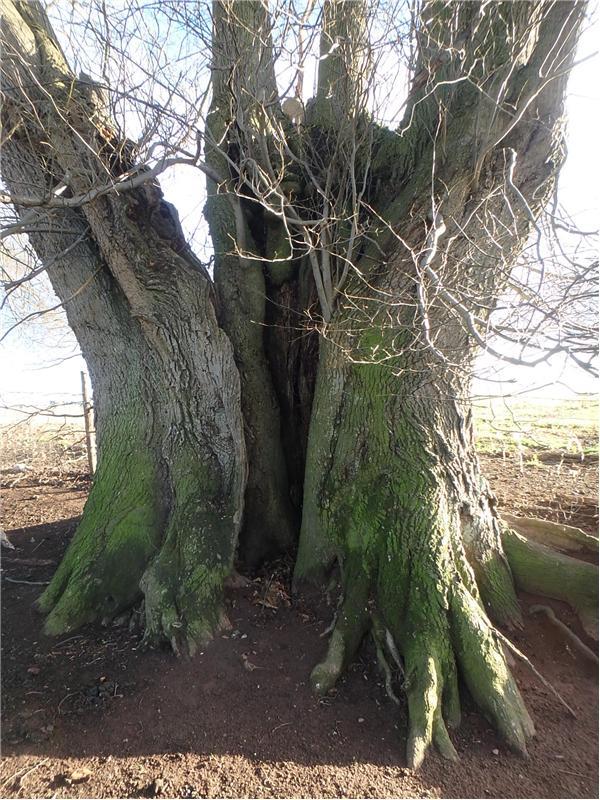
Clear image of a hollowing trunk. Photo: William Back
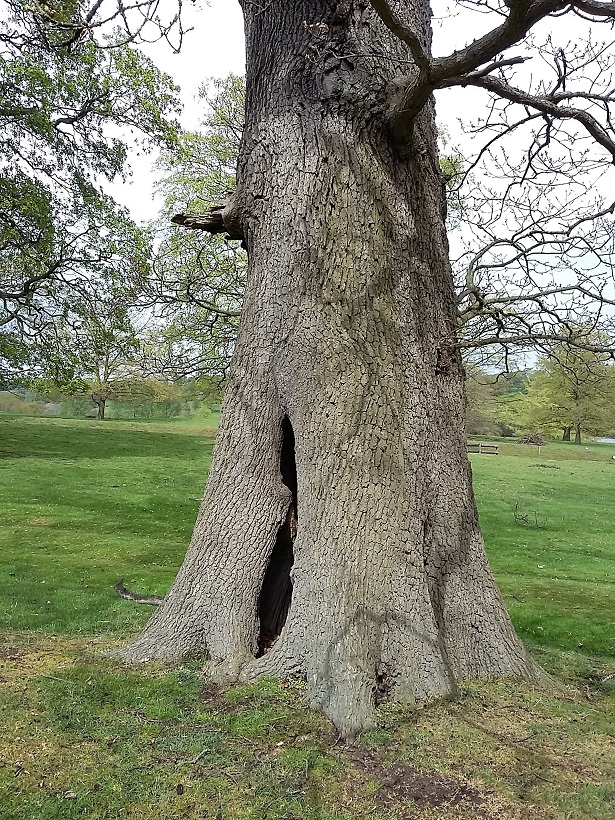
Hollowing of veteran trees may be easy to miss. Walk around the whole trunk to find evidence of a hollowing trunk. Photo: Alan Hunton.

A trunk may have several interesting features such as burrs, cavities, hollows and epicormic. Take more than one photo if you need to. Photo: Judy Dowling
3.) Close up photos of any ancient/veteran characteristics.
Images are vital in helping a viewer to understand why a tree has been recorded as an ancient or veteran and help to give extra evidence of the irreplaceable habitats that they provide.
If you think that the tree is ancient or veteran then you should record images that show the key ancient/veteran characteristics of that tree.
- Take images of a hollowing trunk or hollowing canopy.
- Images of deadwood in the crown and fractured limbs.
- Cavities, holes and fractured bark.
- Fungi – fruiting bodies of fungi that have colonised the trunk and lower canopy.
- Insect bore-holes – areas of exposed wood may have been used by wood-boring / saproxylic insects.
- Epiphytes– take photos if the tree has an extensive coverage of mosses, lichens, ferns or has any “cuckoo trees” (smaller trees of another species that are growing directly on the tree you are recording).
See the images below for examples of images that show ancient/veteran features.
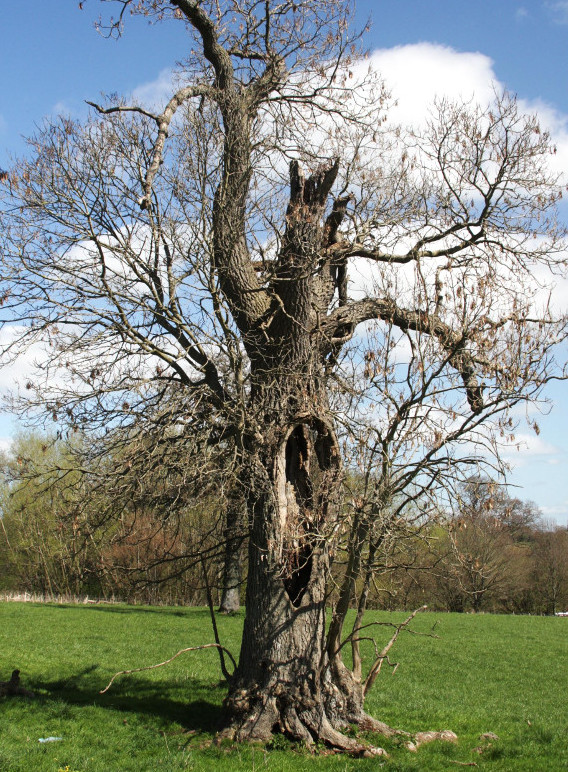
A tree may have multiple sings of decay and hollowing. Photo: WTML.
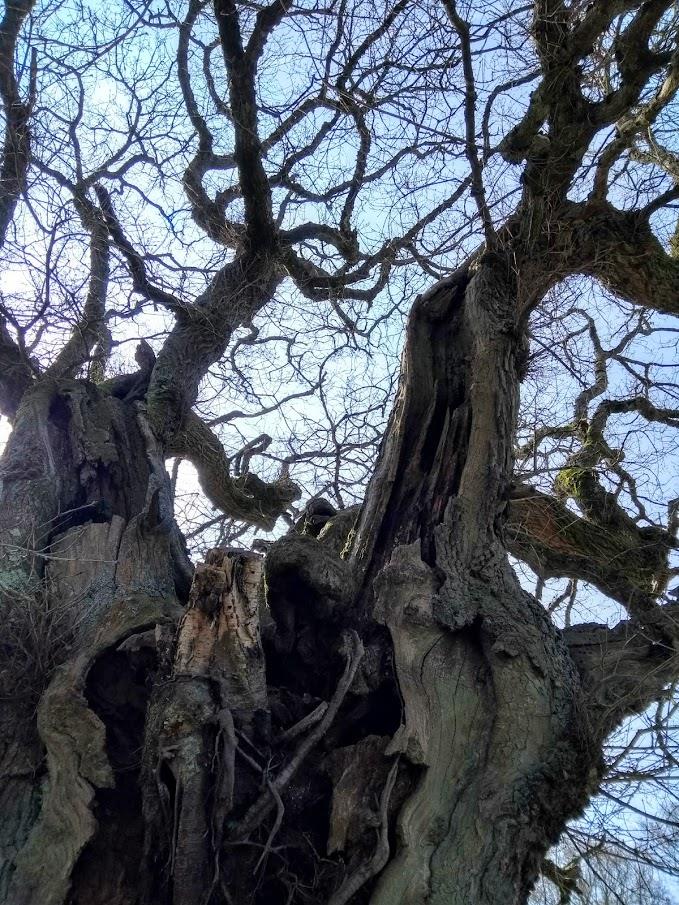
Image showing deadwood and hollowing branches in the canopy. Photo: Doug Lloyd.
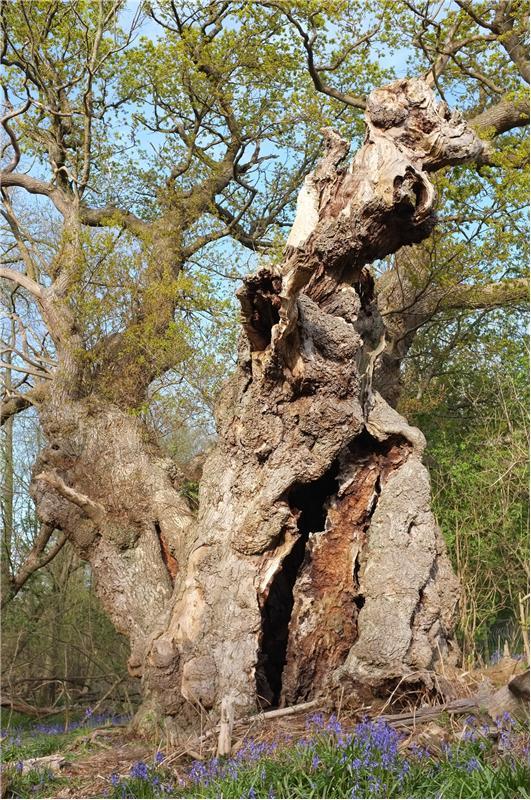
Photo to show evidence of a hollowing trunk, large girth and dead limbs in the canopy. Photo: Aljos Farjon.
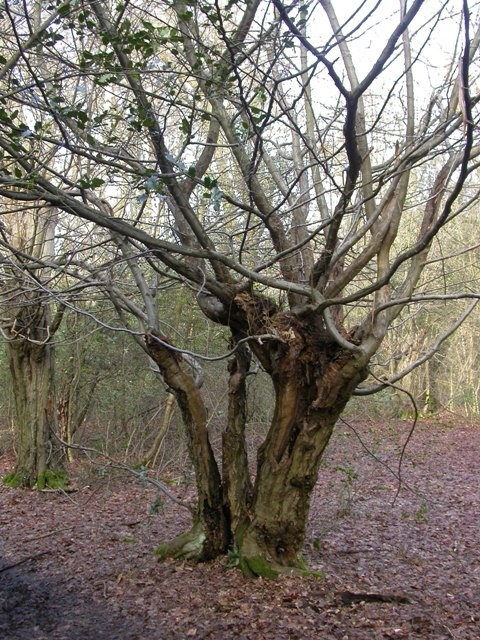
Look for signs of past management such as pollarding and coppicing. Photo: David Alderman
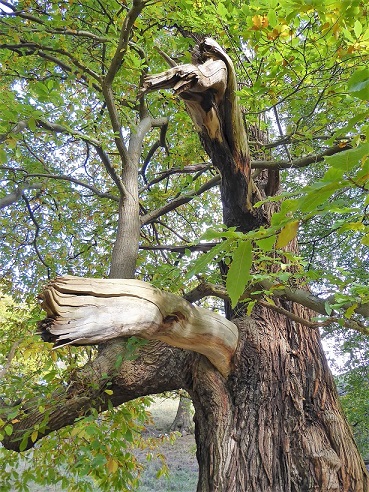
Deadwood in the crown of this sweet chestnut. Photo: Alan Hunton
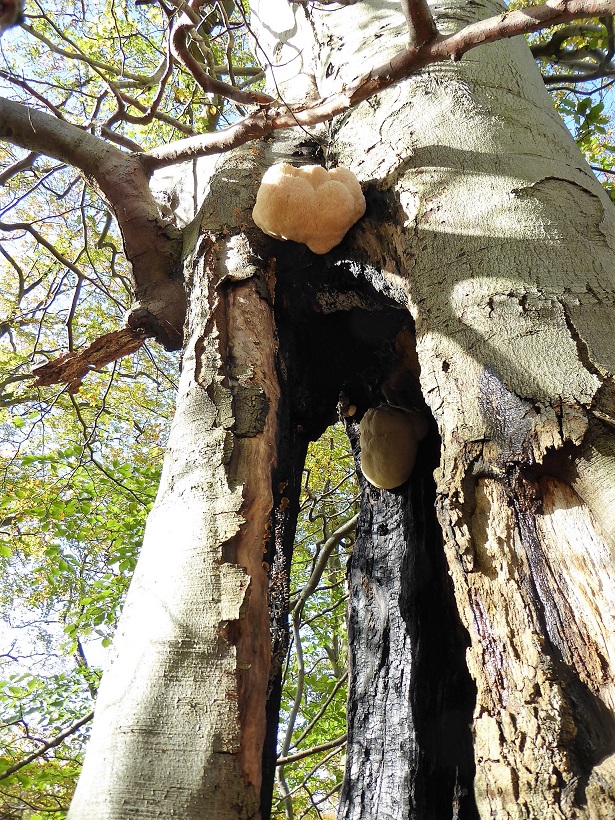
A beech showing a large cavity in the trunk. Photo: Alan Hunton.
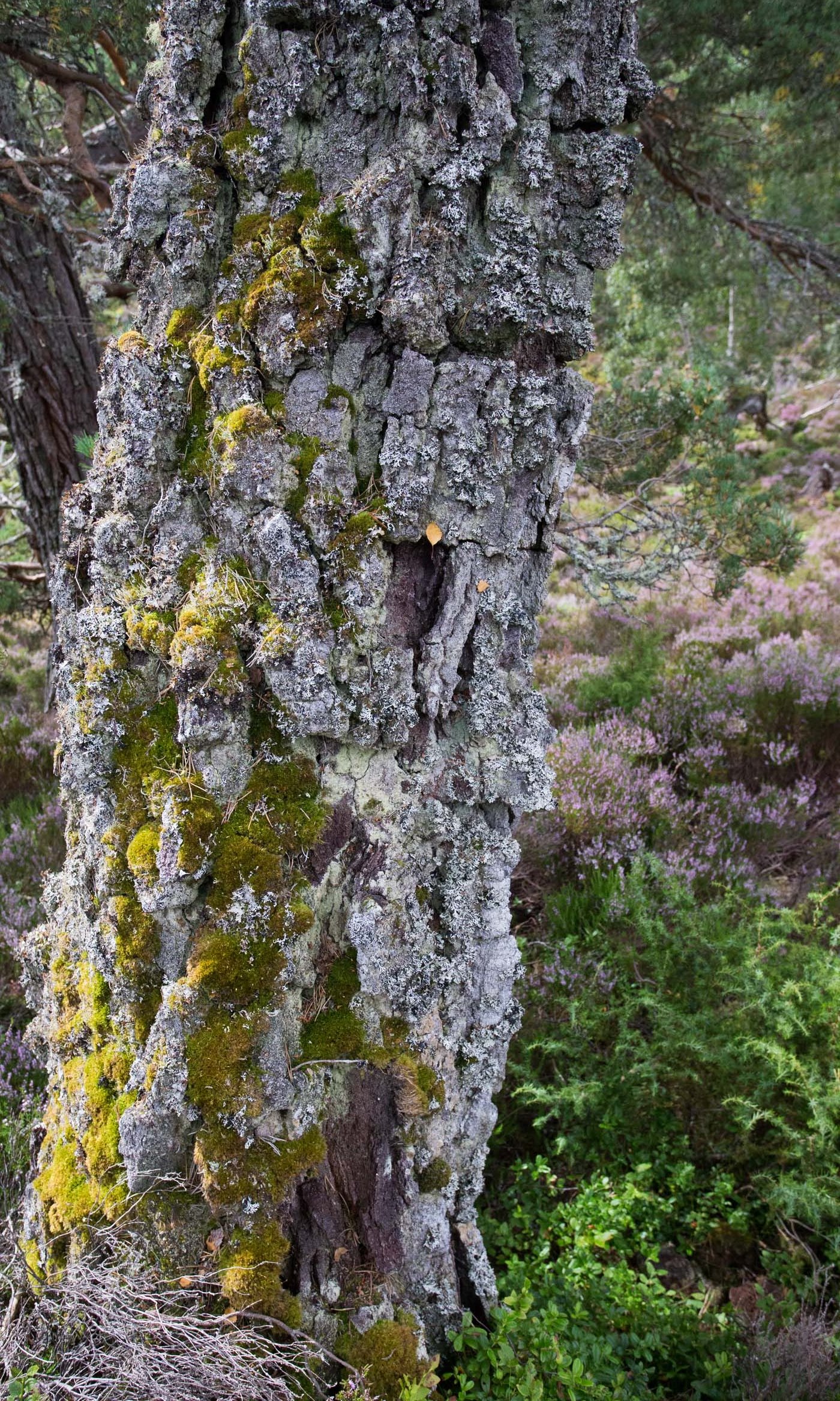
This ancient birch has been colonised by mosses and lichens. Photo: Duncan Le May
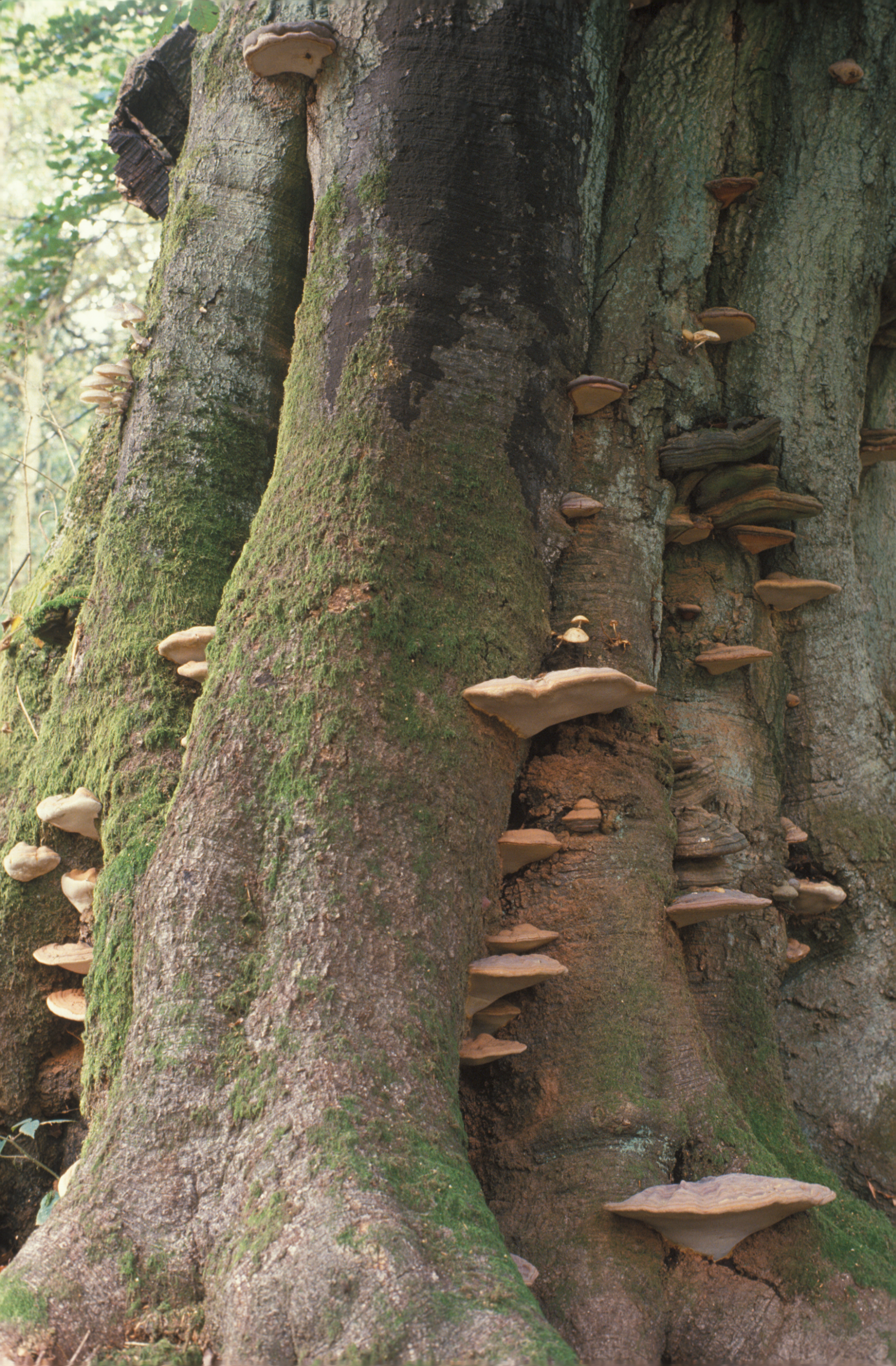
Take photos of large fruiting bodies of heartwood decomposer fungi. Photo: Ted Green

Insect bore holes are a great indicator of saproxylic invertebrates. Photo: Kylie Harrison Mellor

Deadwood on the ground is a likely feature of ancient and veteran trees. Photo: Alan Hunton
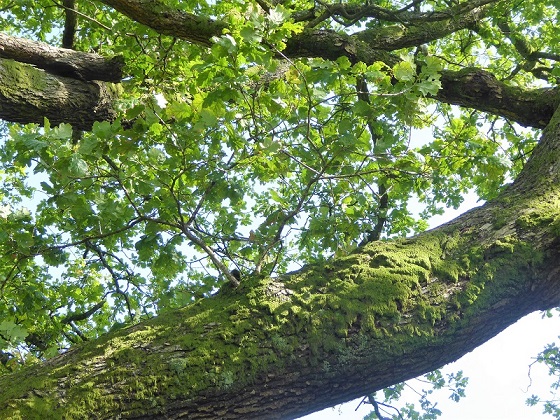
Look into the canopy for epiphytes, such as moss, lichens, ferns and cuckoo trees. Photo: Alan Hunton
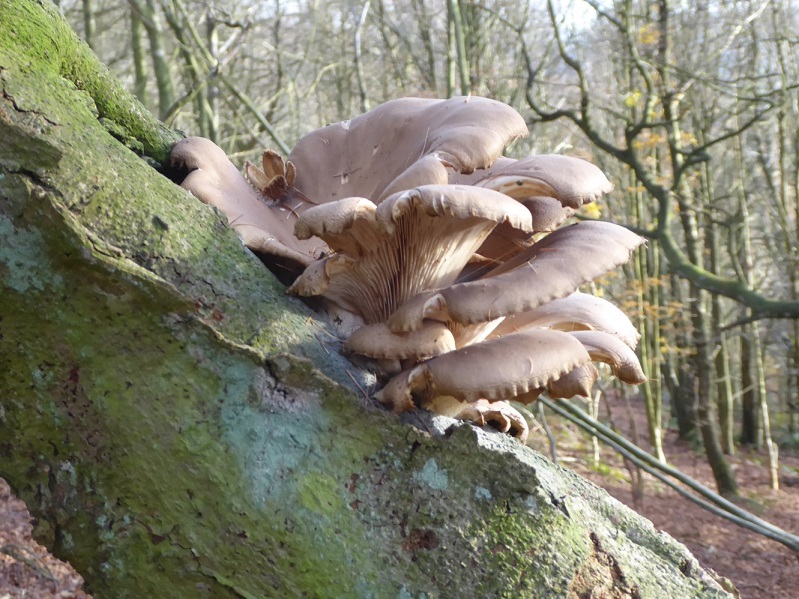
Take images of large fruiting fungi. You may need to revisit at a different time of year to see them. Photo: Alan Hunton.
Tip: You may need to experiment to find the best angle. If you are struggling to show the feature of interest then make a note of what you are trying to show in the image caption.
4.) A close up of any diagnostic features distinguishing the species, such as fruits, seeds, leaves or thorns.
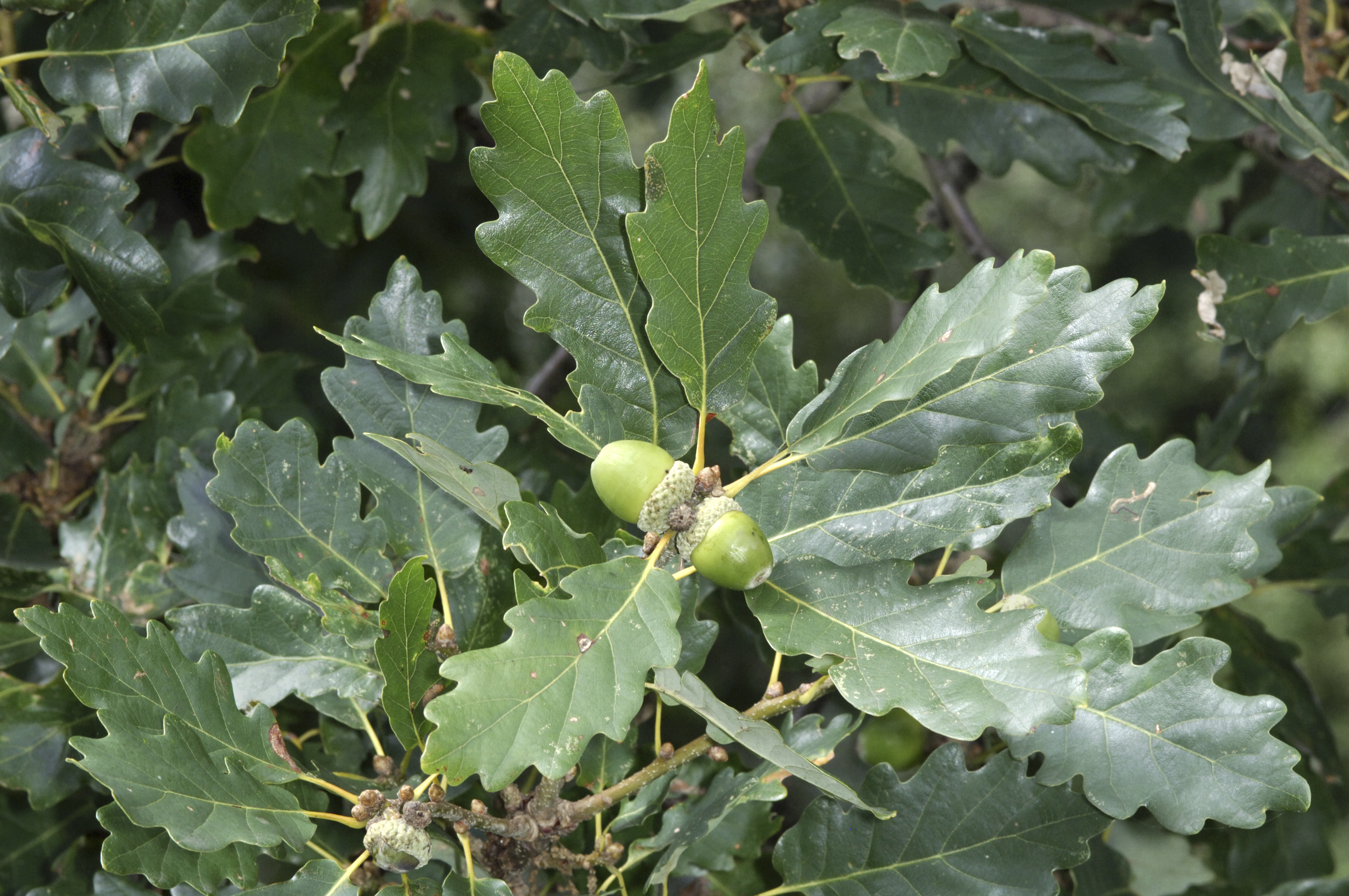
Sessile oak leaves and acorns. Photo: Nature Photographers Ltd, WTML

This image shows the leaves, flowers and trunk all in the same photo. Alan Hunton.
What to avoid in your photos please:
1.) Too bright / too dark photos. It is best to make sure the sun is behind you when taking the photo.

Dark images can make identification of a tree very difficult. Photo: ATI admin
2.) Blurry photos – try to keep the camera as still as possible. A blurry photo can make identification from a photo almost impossible.
3.) Photos taken from too far away. It is great to show the whole tree (as described above), but please make sure that additional images are included to show closer details of the tree too.
Thank you
Photographs help us to capture and record the amazing world of our irreplaceable ancient trees. Thank you for helping us to do this by sharing your images in your tree records.
